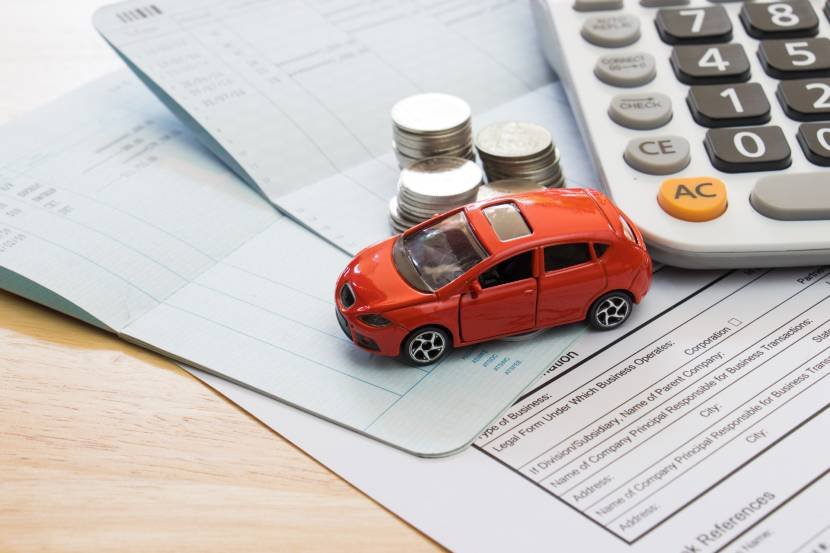
For many drivers, car insurance is a significant and often perplexing expense. As essential as it is, understanding why car insurance can be costly is crucial for anyone looking to manage their finances wisely. Let’s break down the factors that contribute to the cost of car insurance and how you can potentially reduce those costs.
Understanding Risk and Its Price
Insurance companies are in the business of calculating risk. The premium you pay is essentially their charge for taking on the risk of insuring you. Factors such as driving history, vehicle type, and even geographic location contribute to this risk assessment. A spotty driving record or a high-performance car will increase your perceived risk, leading to higher premiums.
The Mechanics Behind the Numbers
Car insurance companies use complex algorithms to determine rates. These take into account:
- Demographics: Age, gender, and marital status have all been shown to correlate with risk levels.
- Vehicle-Related Factors: Safety ratings, theft rates, and the cost of repairs for your vehicle type affect premiums.
- Coverage Type: The level of coverage you choose, from liability to comprehensive, will impact the cost.
- Credit History: Insurers often use credit scores as part of their risk evaluation process.
Legislative Factors
State laws and regulations can have a considerable impact on insurance costs. Mandatory coverage requirements, insurance laws, and the litigious nature of a state can all drive up costs.
Market Competition
The car insurance market is highly competitive. Rates can vary significantly between providers as they vie for business. This competition can work in your favor, as shopping around can lead to better rates.
How Technology is Changing the Game
Advancements in technology are influencing car insurance pricing:
- Telematics: Devices that monitor driving habits can lead to personalized rates based on actual risk rather than statistical projections.
- Online Comparison Tools: These platforms make it easier than ever to compare rates and find the most cost-effective policies.
Mitigating the Expense
You’re not entirely at the mercy of the insurance companies. There are steps you can take to manage the cost of your car insurance:
- Defensive Driving Courses: Completing a certified course can lower your perceived risk and, consequently, your premiums.
- Higher Deductibles: Opting for a higher out-of-pocket payment in the event of a claim can reduce monthly premiums.
- Discounts: Many insurers offer discounts for various reasons, including good driving records, multiple policies, or safety features in your car.
The Future of Car Insurance Costs
The future of car insurance costs is likely to be shaped by ongoing trends in technology, legislation, and market dynamics. Autonomous vehicles, changes in car ownership models, and shifts in consumer behavior may all play a role in the evolution of insurance pricing.
Navigating Discounts and Deals
Don’t overlook the power of discounts when it comes to car insurance. Many insurers offer a variety of discounts that can substantially lower your premiums:
- Bundling: Combining car insurance with homeowners or renters insurance can trigger a discount.
- Safe Driver Rewards: Years without a claim or traffic violation can qualify you for lower rates.
- Affiliation Discounts: Being a member of certain organizations or professions can yield insurance benefits.
Review and Adjust Your Policy Regularly
Life changes, and so should your car insurance. Regularly reviewing your policy ensures that you are not over-insured or paying for coverage that no longer aligns with your current situation. Adjusting your policy to fit your changing needs can lead to savings.
The Impact of Local Crime Rates
The area where you live and park your car influences your insurance rates. High crime rates, particularly for car theft and break-ins, can increase the cost of your policy. In some cases, adding anti-theft devices or parking in a secured garage can lower your risk profile and thus your premiums.
The Role of Claims History
Your claims history is a record of how often you’ve sought payouts from an insurance company. A history with few or no claims can position you as a lower-risk client, leading to reduced rates. Conversely, a history peppered with claims can mark you as high-risk, increasing your premiums.
Driving Less, Paying Less
With the rise of remote work and changing commuting patterns, many people are driving less. Lower annual mileage can lead to lower insurance costs. Some insurers offer pay-per-mile insurance options, where premiums are based on the actual distance you drive.
The Influence of Car Safety Features
Modern cars come equipped with advanced safety features that can prevent accidents or reduce their severity. These features not only protect you and your passengers but can also lead to lower insurance rates. Features like automatic braking systems, lane departure warnings, and adaptive headlights are often looked upon favorably by insurers.
Conclusion
Cracking the cost code of car insurance involves a deep dive into the factors that insurers consider when determining rates. By understanding these elements and actively managing your risk profile, you can find ways to mitigate these expenses. Remember, knowledge is the key to navigating the complexities of car insurance costs and unlocking potential savings.